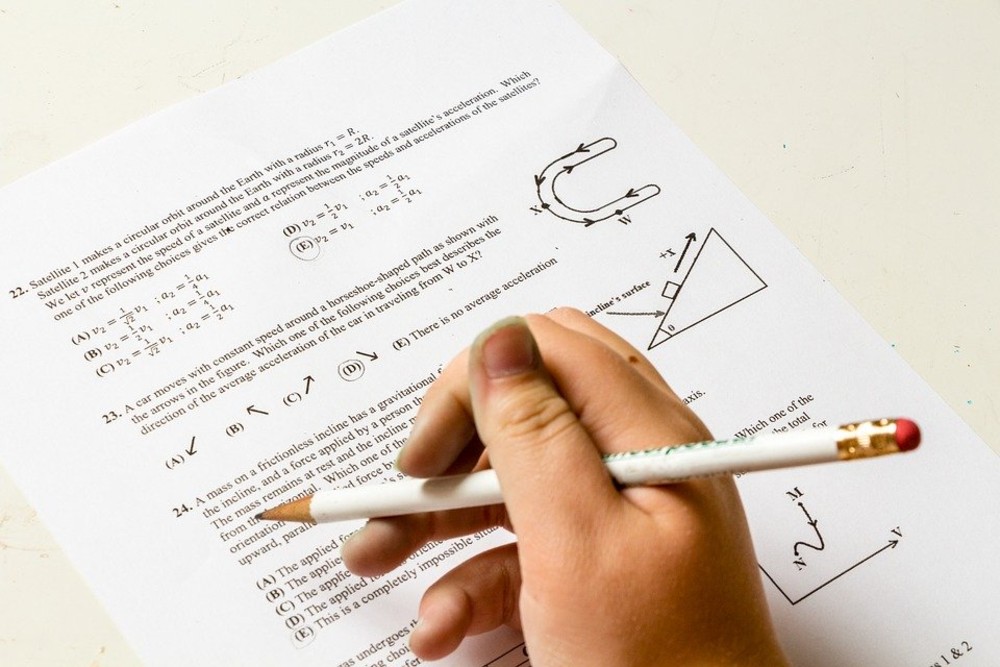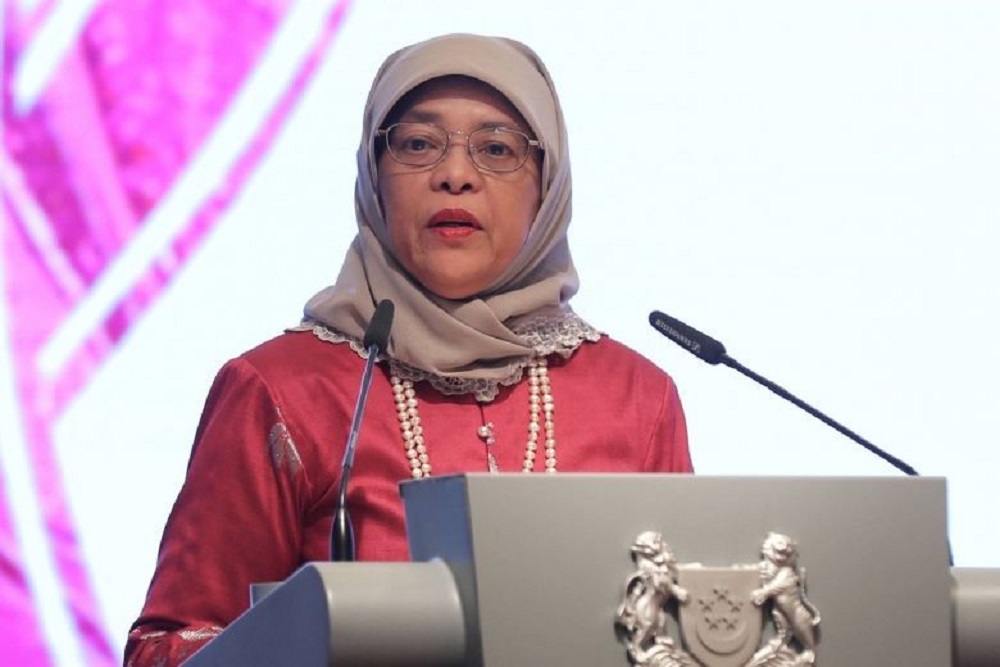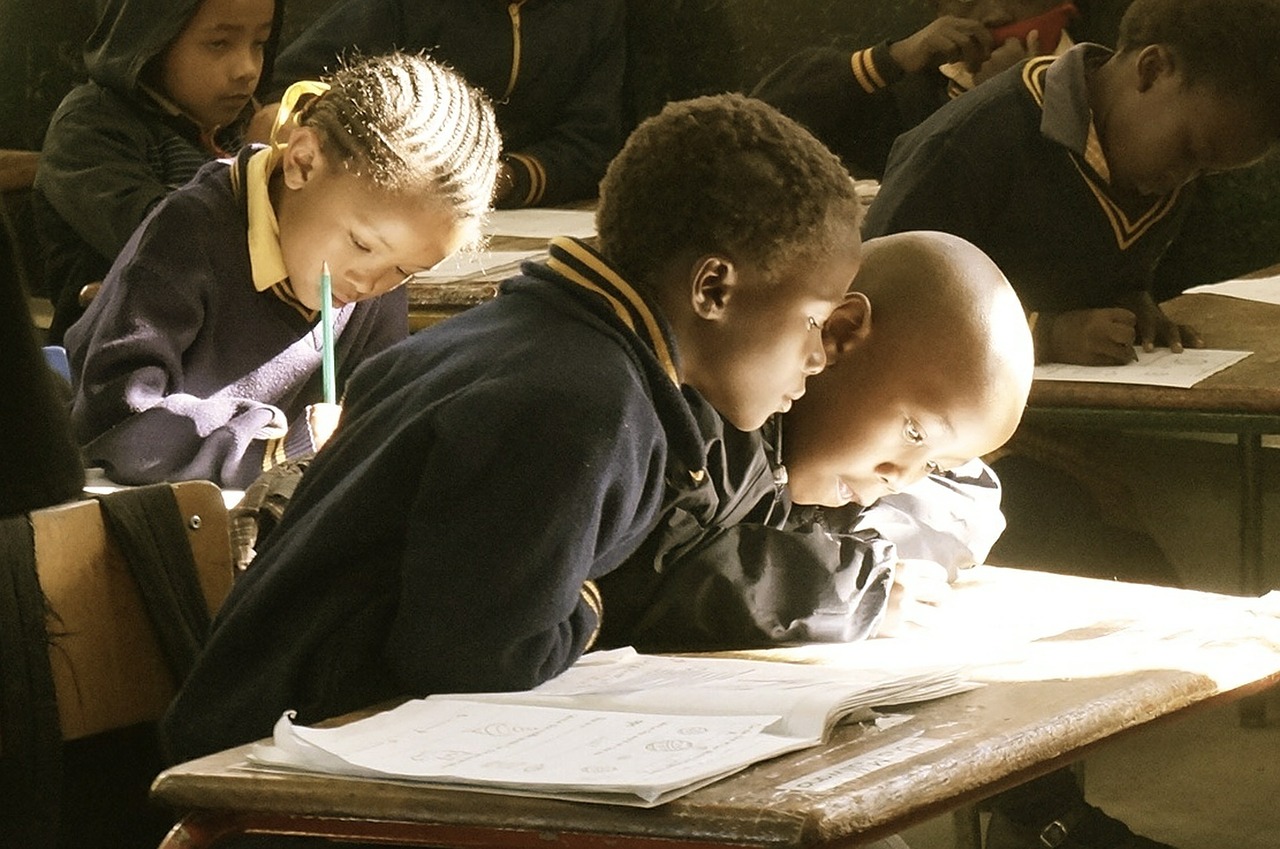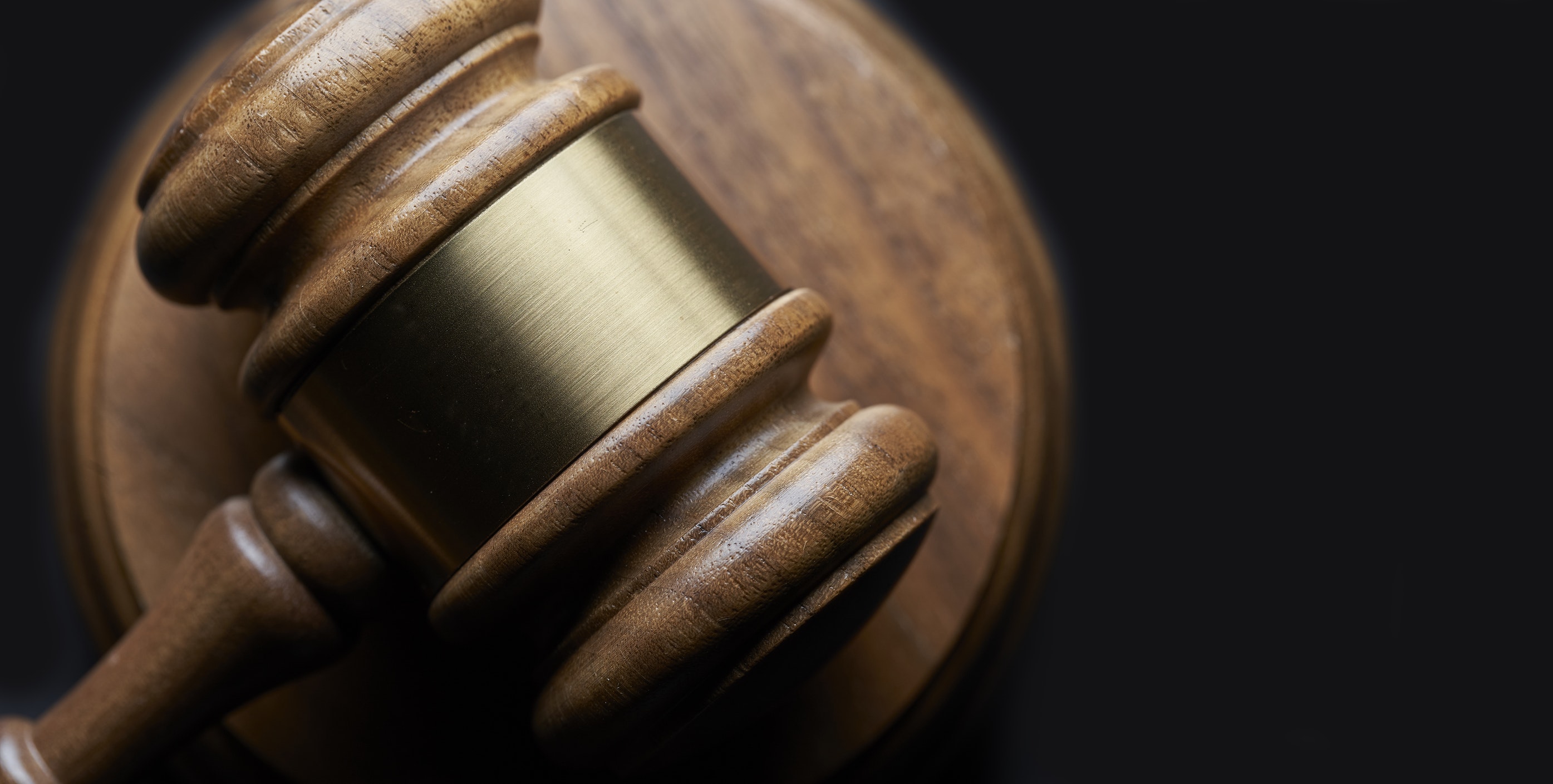A tired teacher came up with an ingenious exam question that led to 14 students getting caught cheating. The names of the students caught cheating were forwarded to the school administration, and appropriate actions were taken.
An engineering teacher got fed up with students using their mobile phones during exams to cheat on the university exam. He noted that during exams, almost half of the students would ask for permission to use the bathroom. Suspicions were high that these students were not actually going to bathrooms but to use their phones to cheat.
Having realized this, a teacher set out on a mission to find out if these students were cheating. He set up an exam that contained a tricky question he had not taught in class. The question involved two parts, part A was a straight forward question, but part B involved the bogus question that the teacher knew that no solution existed.
Setting up the exam question
A month before the exam, the teacher registered with Chegg, a leading website that facilitates cheating of students. The teacher was able to acquire a teaching assistant account and posted the question and made it look as unique as possible.
The teacher also created another account that he used to answer the question. He did this in two parts. The opening statement of his answer sounded as genuine as possible. However, as the answer continued, he misdirected the answer to make sure that those who copied it will be easy to catch.
As usual, during the exam time, students used the same excuse for using bathrooms so that they can get an opportunity to cheat. Out of the 99 students who sat for the exams, 14 students were found to have copied the same answer that the teacher had earlier placed on Chegg. The majority of the students, however, left the question blank as it was only five marks.
The 14 students who were caught cheating were reported to the university’s administration where they faced punishment. A student from the university wrote on Reddit that he appreciated what the teacher had done since he always suspected other students were cheating. The cheating students’ names were circulated among the school administrators and other teachers. Students who did not cheat were awarded the full marks for the bogus question.
Featured image by Pixabay







